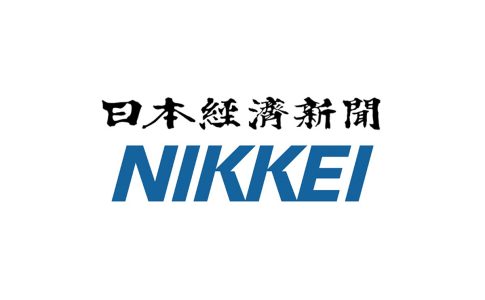As we venture deeper into the 21st century, Japan stands at a pivotal moment, possibly on the verge of adjusting its nominal interest rates upwards for the third time since the turn of the millennium. The discussion around the termination of Japan’s negative interest rate policy is gaining momentum, notwithstanding the view that negative interest rates have become more of a technical matter. Yet, the symbolic significance of such a policy shift cannot be understated.
Balanced Risks in the Financial and Economic Landscape Introduced at the Bank of Japan’s monetary policy meeting in January 2016, the negative interest rate policy quickly became a major talking point, even making its way into the year’s top buzzwords. Now, eight years into its implementation, the policy’s merits and effectiveness continue to spark debate. The global spread of COVID-19 in 2020 plunged economies worldwide into chaos, prompting central banks, including the U.S. Federal Reserve, to prioritize safeguarding citizens’ livelihoods over meeting inflation targets, thus reviving zero interest rate policies.
In the aftermath, as Western nations swiftly moved towards normalization, pent-up demand and supply shocks influenced economic and price dynamics in Europe and America, subsequently affecting Japan’s financial markets, economy, and prices. The Bank of Japan has since adjusted its long-term interest rate targets three times, carefully monitoring the country’s economic and price trends.
Despite two consecutive years (2022 and 2023) of the nationwide consumer price index surpassing the 2% inflation target, the Bank of Japan maintains its current policies, including negative interest rates. This approach reflects a consideration of Japan’s unique corporate behaviors, such as wage-setting and price-transmission practices, which complicate inflationary pressures.
The International Monetary Fund’s January outlook for the global economy suggests a path towards decelerating inflation and stable growth, potentially leading to a soft landing. While uncertainties such as the Chinese economy, prolonged geopolitical risks, and the impact of high interest rates in the U.S. remain, the overall risk to the outlook is deemed balanced.
With the world’s inflation rates stabilizing, major central banks are recognizing that current policy interest levels are nearing their peak, indicating a possible easing of financial conditions. The external environment appears to be settling down.
Looking at Japan’s economy, after hitting a low in the second quarter of 2020 due to the pandemic, a gradual recovery trend has emerged. The macroeconomic GDP gap is now near zero, and the outlook for the economy suggests continued modest growth, exceeding the potential growth rate through the forecast period ending in 2025.
Policy Members’ Confidence in Economic and Price Trends What stands out is the balanced risk assessment for both economic and price forecasts, indicating that policy members have a reasonable degree of confidence in the future. For instance, the inflation outlook for fiscal years 2024 and 2025 averages above 2%, with potential for an upside.
The direction of risk balance suggests a collective confidence among policy members regarding the economic and price outlook. Indeed, meeting summaries and recent statements from the Bank of Japan reflect a growing consensus among members exploring the timing for policy changes, moving away from the stance of modifying policies to ensure the sustainability of easing seen during the October adjustment of long-term interest rate fluctuations.
With the coming of an appropriate season for policy shifts, two points warrant attention. First, the implications of the Bank of Japan adjusting its policy towards tightening before the effects of the previous year’s supplementary budget and the ongoing fiscal year’s budget materialize. Secondly, the coordination between government policies and the Bank of Japan’s decisions will be crucial to watch, especially if policy adjustments occur in the first half of the year.
As Japan stands at this monetary policy crossroads, the path chosen will not only mark a significant shift from the era of negative interest rates but also set the tone for Japan’s financial future amidst evolving global conditions.












Leave a Reply